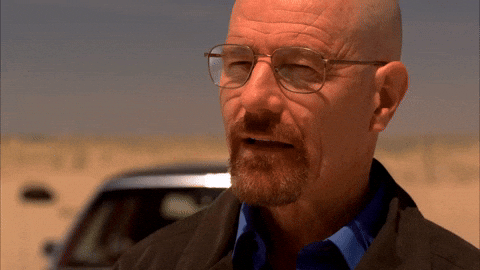Why Web Animations Are Not Just Eye Candy but a Sales Tool
We all love beautiful websites. But there’s one thing that can turn a regular site into a wow-experience, the kind that makes users stop, interact, and actually stay. Yep, I’m talking about animations.
Here’s the common misconception: “Animations are just decoration, a gimmick.” Spoiler alert: nope. In 2025, web animations are one of the most powerful tools for sales and trust-building.
Animations and Engagement: Keeping Users Hooked
You know that moment when you land on a website, scan it for three seconds, and think, “meh, got it”, then close the tab?
Animations fix this. They cut through the monotony and grab attention. UX studies show that micro-animations and interactive elements can increase engagement and time on site by up to 40%.
Take Room, a 3D visualization studio I worked with. Their portfolio was already strong, but their old site didn’t reflect it. By adding scroll animations, smooth transitions, and subtle highlights, we made the browsing experience feel alive. The result? Visitors spent more time on the site, and trust in the studio grew.
Level and Trust: Why Animations Look «Expensive»
Animations are like a tailored suit. Sure, you can live without it, but once you put it on, the difference is undeniable.
For businesses, it means: “We’re serious. We invest in our brand. We care about you.” And that directly impacts conversions. A site with polished animations feels reliable and worth the investment.
Take my Shinola Detroit case study. Their brand was already strong, but animations elevated it. The site doesn’t just sell gramophone, it sells a vibe. That’s not eye candy; that’s strategic branding.
Mistakes: When Animations Backfire
Here’s the catch: animations can also ruin everything.
- When they’re thrown in just for the sake of it.
- When they look glitchy, laggy, or buggy.
- When they distract instead of guiding.
Think of animations as the cherry on the cake, not the cake itself. If the cake is bad, no cherry will save it.
How to Use Animations the Right Way
I personally love parallax effects, the ones where elements move at different speeds while scrolling, making the site feel alive. But like with all good things, moderation is key.
Other techniques worth using:
- hover effects (used rarely, but effectively),
- micro-interactions (like a button gently reacting to a click),
- scroll-triggered animations (huge trend in Webflow right now).
The golden rule: animations should enhance the content and structure, not replace them.
Case Studies: Animations Done Right
- Room: A site that shows the studio’s level. Structure + animations = confidence + trust.
- Shinola Detroit: A brand that used animations not just to show products, but to convey atmosphere.
- My personal site: I also use animations. Not because they’re “trendy,” but because they show that design can be simple, intuitive, and still look premium.
Conclusion
Animations are not decoration. They’re about trust, engagement, and sales.
In 2025, a website without animations is like a presentation without images: possible, but boring. And competitors are already playing on another level.
If you want a website that doesn’t just act as a business card but as a growth tool, it’s time to think about adding movement.
Because design that breathes and moves always sells better.
